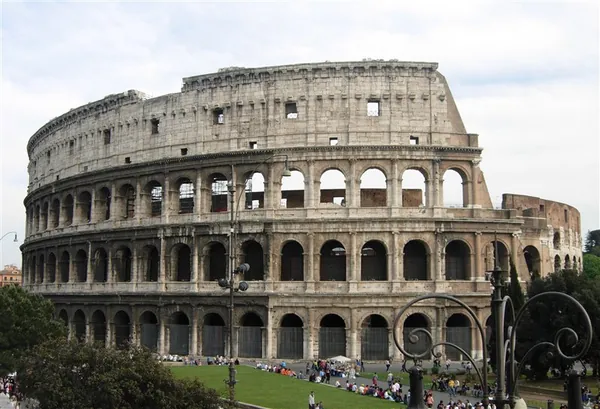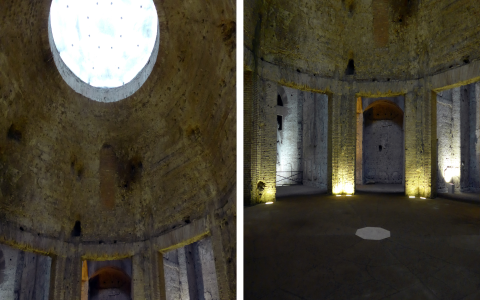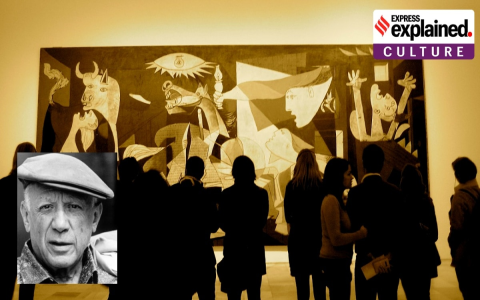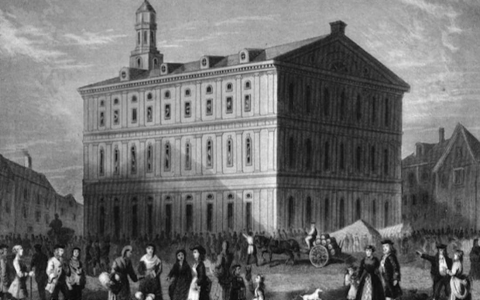Okay, so today I found myself down this rabbit hole looking at pictures of super old buildings. Seriously old, like Roman Empire old. I kept thinking, “Man, how did they even build that stuff without modern cranes and stuff?” It got me wondering what the main kinds of places they built even were. Like, besides the Colosseum, which everyone knows about. So, I decided to actually figure it out properly.
Getting Started
First things first, I grabbed my notebook – yeah, the paper kind, I still like scribbling – and plonked myself down at the kitchen table with my laptop. I thought, “Okay, Rome built stuff centuries ago that’s still standing. What are the biggies?” I just started typing into the search bar things like “famous ancient Roman buildings types” and “main kinds of Roman structures”. Simple stuff. Tons popped up, obviously.
I quickly realized a lot of sites were throwing around fancy terms. I wanted the basic, meat-and-potatoes stuff. So, I skipped past a bunch of academic papers and went for websites aimed at travelers or like, history enthusiasts, but ones explaining things simply. Started reading, skimming really, trying to see patterns, what kept coming up again and again.
Sorting Out the Mess
At first, it felt overwhelming. Palaces? Check. Markets? Yep. Roads? Oh yeah. Temples? Loads. But I needed to find the main pillars, the things they built everywhere they went. My coffee was getting cold, and I was scribbling random words: “Forum? Baths? Aqueducts… Ooh, amphitheaters!”

I took a breath and started grouping them in my notes:
- Stuff for religion? Temples. Lots of temples. Jupiter this, Venus that.
- Stuff for daily life and keeping clean? Baths. Like, really fancy public baths.
- Stuff that got stuff places? Roads? Well, yeah, but also those huge water bridges… Aqueducts!
- Stuff for watching things? Theaters for plays, big stadiums for games.
It started clicking. Temples seemed obvious – everyone prays, right? Baths were kinda surprising how central they were socially. Then aqueducts? Man, the engineering! Bringing water across miles! That felt fundamental. The entertainment places? They were huge, sure, like the Colosseum or Circus Maximus for chariots, but were they everywhere like the others? I wasn’t sure.
Crystalizing the Big Three
Digging deeper, reading actual descriptions of Roman towns and cities from Britain to Turkey, the same things kept appearing:
- Temples: Almost every settlement, big or small, had a temple. Dedicated to different gods, sure, but the basic form – steps up front, columns holding up a big roof, an inner shrine. Always there. Foundation of their beliefs.
- Bath Complexes (Thermae): This one hooked me. I didn’t realize it was more than just getting clean! Reading how people went there daily to hang out, gossip, exercise, do business… like their version of a community center and spa rolled into one, heated by those clever hypocaust systems. Hygiene AND social glue.
- Aqueducts & Water Systems: Okay, maybe not a single “building,” but definitely their built infrastructure crown jewel. The sheer scale! Finding water sources miles away, building those towering arched bridges over valleys, laying lead pipes underground. Keeping the city alive and the baths full! Without water, forget the other stuff.
I double-checked. What about places to live? Well, rich folks had villas, ordinary people had insulae (those sketchy apartment blocks), but they varied wildly. Markets happened in the Forum, alongside politics, which felt part of a city center but less a specific building type. The theaters and amphitheaters? Spectacular, no doubt, and they built many, but maybe not everywhere compared to those core three – temples, baths, water supply.
Why These Three?
Staring at my notes, it finally made sense. These weren’t just buildings; they solved basic, essential needs for any Roman town:
- Temples = Faith & Community Identity. Check.
- Baths = Hygiene & Social Life. Check.
- Aqueducts = Pure Survival (water to drink, cook, flush sewers, fill baths). Check.
You kinda need those three functioning well before you build a massive stadium for chariot races, right? They were the bedrock. It was cool seeing how practical the Romans were, even with the gods. The temples weren’t just pretty; they were central to the polis. The baths weren’t just a dip; they were vital hygiene and gossip central. And the aqueducts? Forget marble statues; bringing fresh water from miles away? That was pure, hardcore, survival-level genius. What a pain it must have been to build, but seriously impressive!




